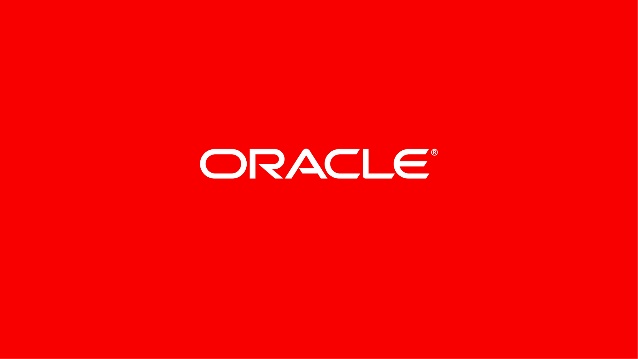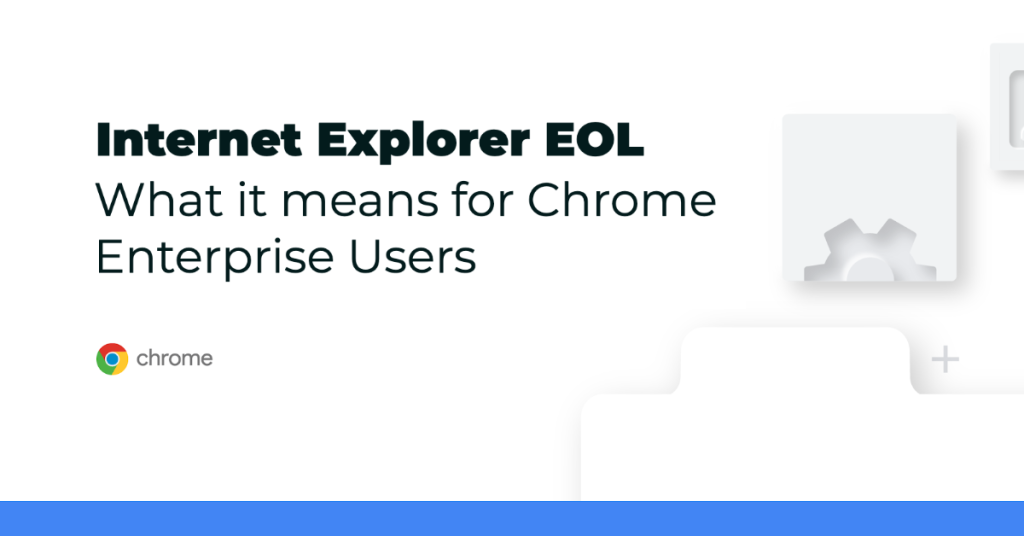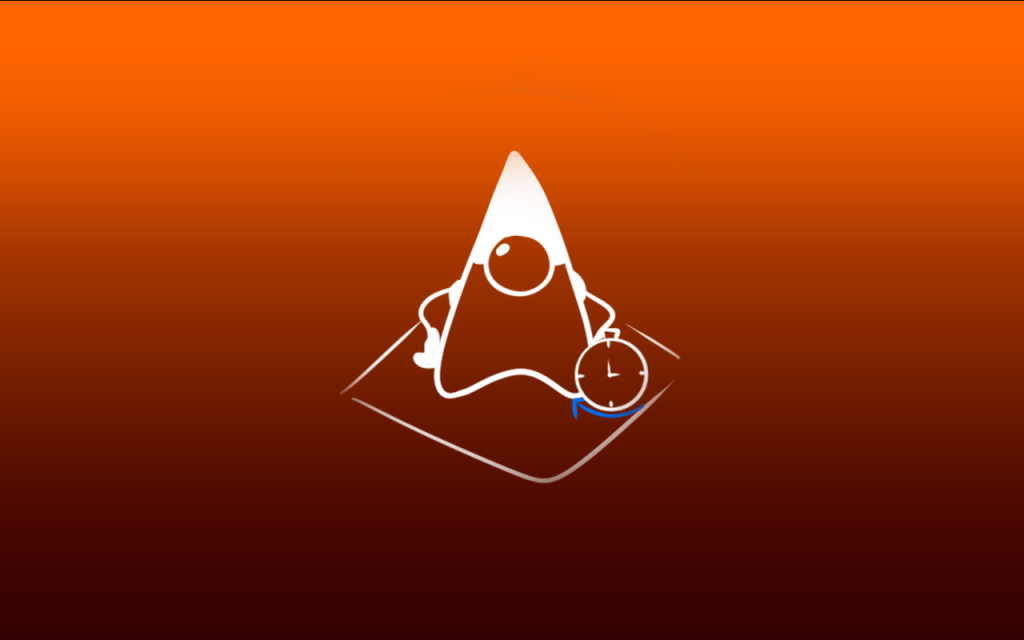With the demise of Internet Explorer, it has become increasingly difficult to access Oracle Forms 10g or 11g in the browser.
This is because these versions of Oracle Forms rely on either Java Applets or stand-alone, Java-based launchers, such as FSAL. The EOL of IE follows the trend of major browsers dropping the support for NPAPI plugins, including the Java plugin, in favour of modern HTML5, due to security issues.
The disabling of IE creates a significant change in the workflow of enterprises that still need to preserve access to these Oracle Form applications, as they will now require Microsoft’s Edge and Enterprise Mode Site List (EMSL), however, this process may have some flaws.
Issues with Internet Explorer Mode and Oracle Forms
When Microsoft announced the EOL of Internet Explorer, they stated that Edge will continue to include an “Internet Explorer” mode. This will continue to allow you to run Oracle Forms in the browser using the Java plugin, however, this comes at the expense of user experience.
For example:
- In Enterprise environments, Internet Explorer mode is NOT enabled by default. This has to be manually enabled in the Edge browser settings for each user, and based on URL patterns.
- The only way to run a webpage including Oracle Forms is to first run the Oracle Forms URL in Edge which will present a blank page. The user has to manually go into the menu for Edge and go into More Tools. The user must then click on “Reload in Internet Explorer mode” to re-load the application using Internet Explorer mode. The Oracle Forms application will now run normally.
- If the end-user either closes out of the Forms application or is kicked out due to an error (FRM-92103, FRM-93652, etc.) and then tries to run the URL again to go back into Forms, the user has to experience the blank page again and then re-do the step to reload the page in Internet Explorer mode.
So not only is this a tiresome process, but it could also lead to security issues due to the possible flaws within Internet Explorer. Furthermore, this method requires a local installation of Java, its regular security maintenance, and its licensing.
An Alternative way to Access Oracle Forms
CheerpJ is an Enterprise-grade solution to modernise and preserve access to mission-critical Java Applications and Applets (including Oracle Forms 6i, 10g, 11g, or 12c) after the end-of-life of Internet Explorer.
It allows the preservation of Oracle Forms entirely by simply allowing Java Applets or Applications to run on modern browsers, without a local Java installation. CheerpJ only acts at the presentation layer, effectively emulating the Java client in HTML5. This means that everything else in the Oracle Forms application is preserved, including the database, server-side logic, and client-side building using the Oracle Forms builder.
CheerpJ can be used as a browser extension, available for Chrome and Edge or as an ahead-of-time converter.
CheerpJ Applet Runner
The CheerpJ Applet Runner is a browser extension for Chrome and Edge to run Java Applets without a Java plugin or installation. It allows you to access Oracle Forms on Chrome, Edge, Firefox, Safari, or any other modern browser, allowing you to continue using your internal or third-party Oracle Forms on modern IT architectures.
The CheerpJ Applet Runner can be used in Enterprise settings and deployed via Global Policy Objects on Edge or Chrome on Microsoft-based enterprise architectures.
CheerpJ AOT
The CheerpJ ahead-of-time compiler is a development tool that can convert Java applets and applications, including Oracle Forms Applets and FSALs, into HTML5 (WebAssembly and JavaScript).
By using either CheerpJ or the CheerpJ Applet Runner, organisations can preserve their access to Oracle Forms-based applications, without a complete rewrite.
Integrating CheerpJ in an Enterprise Oracle Forms architecture is very easy, with Proof of Concepts usually taking a few days of work, and full integrations a few weeks. Running costs are minimal, as CheerpJ does not require any server-side infrastructure other than an HTTP server, which can be shared with the original Oracle Forms application.
FAQs for Oracle Forms Access
1. Why is it difficult to access Oracle Forms 10g or 11g in the browser after the demise of Internet Explorer?
These versions of Oracle Forms rely on Java Applets or Java-based launchers like FSAL, which are not supported by modern browsers due to the discontinuation of NPAPI plugins.
2. What impact does the end of Internet Explorer have on using Oracle Forms applications?
The shift away from Internet Explorer means that enterprises now need to use Microsoft Edge with Enterprise Mode Site List to access Oracle Forms, which can be challenging and result in a different user experience.
3. How does Microsoft Edge handle Oracle Forms access through Internet Explorer mode?
Microsoft Edge offers an “Internet Explorer” mode to run Oracle Forms with the Java plugin, but users must manually enable this mode for each user and based on URL patterns, leading to a cumbersome process and potential security risks.
4. What are some common issues users may face when trying to run Oracle Forms in Internet Explorer mode using Microsoft Edge?
Users may encounter a blank page when trying to access Oracle Forms, requiring them to manually reload the page in Internet Explorer mode, which can be frustrating and could potentially expose security vulnerabilities.
5. Is there an alternative solution to access Oracle Forms without relying on Internet Explorer mode?
Yes, CheerpJ is an enterprise-grade solution that modernizes access to Java applications like Oracle Forms, allowing them to run on modern browsers without the need for local Java installations.
6. How does CheerpJ facilitate access to Oracle Forms applications on modern browsers?
CheerpJ acts at the presentation layer, emulating Java client functionality in HTML5, thereby allowing Oracle Forms applications to run seamlessly on browsers like Chrome and Edge.
7. What is the CheerpJ Applet Runner and how does it work?
The CheerpJ Applet Runner is a browser extension for Chrome and Edge that enables running Java applets without Java plugin or installation, providing a way to access Oracle Forms on various modern browsers.
8. Can CheerpJ be integrated into enterprise settings for Oracle Forms access?
Yes, CheerpJ can be deployed via Global Policy Objects on Edge or Chrome in Microsoft-based enterprise architectures, making it suitable for enterprise usage.
9. Is CheerpJ compatible with different browsers besides Chrome and Edge?
CheerpJ can be used in Firefox, Safari, and other modern browsers, ensuring compatibility with various browsing environments for Oracle Forms access.
10. What are the advantages of using CheerpJ for preserving access to Oracle Forms applications?
CheerpJ eliminates the need for a Java plugin or installation, simplifies access to Oracle Forms, and minimizes security risks and maintenance associated with using legacy Java technology.











